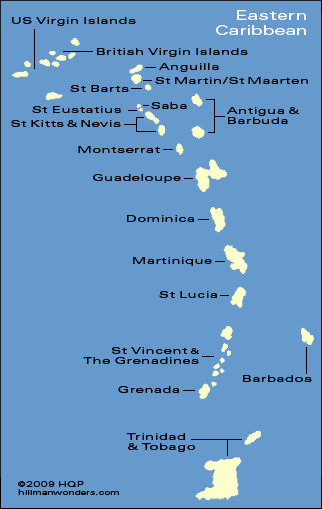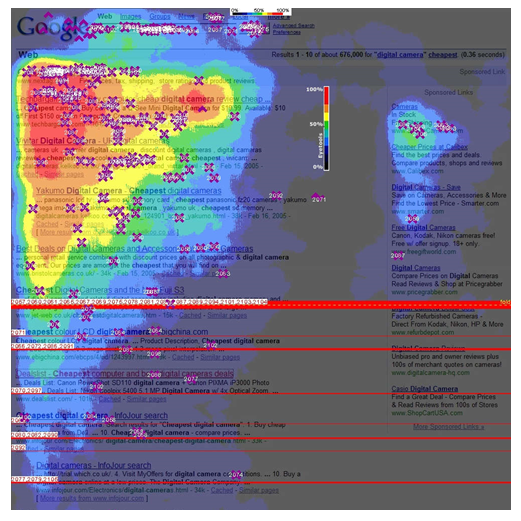
However, AI-generated maps typically aren’t effective on websites with low traffic or engagement, as there are fewer actions to predict and learn from. Additionally, they have up to 95% accuracy and are more affordable than eye-tracking technology. Typically, AI-generated heatmaps predict future user behavior by imitating the first three to five seconds of users’ attention on a website to identify which elements are looked at most and least.īy predicting where users will look when they first navigate to a website, AI-generated heatmaps can help you understand where to place critical elements and improve future pages and sites. So rather than showing what users actually are paying attention to on your website, companies like EyeQuant and Attention Insight specialize AI-generated heatmaps show what users are likely to pay attention to on your website.
#Heat map vs click map software
This type of heatmap uses artificial intelligence (AI) to generate visual representations of user attention data created by software algorithms. They can also help understand behavioral trends over time to identify new opportunities, and proactively weed out user confusion to optimize conversions.
#Heat map vs click map how to
Dead clicks reveal which non-functioning elements on your site or app are being mistaken for buttons, so that you can figure out how to reduce user confusion and frustration. Sometimes, users mistake un-clickable elements on a website or app as a button, and tap it expecting something to happen-resulting in a dead click. Eye-tracking heat maps can reveal information about a visitor’s gaze pattern, which enables you to put a web page’s most important elements in the most-looked at locations on the page. This type of data gives you insights into how well a web page’s design is working to help you create a more user-friendly layout. This type of technology can monitor eye movement, blinking, and pupil dilation to analyze where on a page a user’s attention is focused.

Eye-tracking heatmapsĮye-tracking uses a sensor technology that tracks the movements of users’ eyes when they are using a web page. Though there’s a relationship between where users look and their cursor location, the two are not identical, and can sometimes lead to faulty insights. Mouse-tracking also helps you identify hover patterns that show areas of visitor friction or frustration, optimize complex web pages with dynamic elements, and estimate the relevance of search results by the volume of clicks. Research shows an association between where users are looking and where their mouse cursor is, which is what makes mouse-tracking heat maps informative. They help spot frustrated users by showing where people are hovering, hesitating, or thrashing their cursor on a web page.

Rather than tracking mouse clicks, mouse-tracking maps track general mouse movement. When using scroll maps, always look at metrics for both desktop, tablet, and mobile devices.Īll in all, using and analyzing scroll maps can show if important content is being ignored and help you understand how a page should be redesigned to maximize its impact. Scroll maps can also help you understand if your web page has a false floor (or false bottom), where visitors believe they’ve reached the bottom of a page but actually have not. If, for example, you find that only 25% of visitors scroll below the fold (below where your screen cuts off the rest of the page) on a page, you know that you need to put the most important content at the very top of the page. It can also help you decide where to put content on a page.

Understanding how far the average visitor scrolls before navigating away can help you determine the ideal length of web pages.


 0 kommentar(er)
0 kommentar(er)
